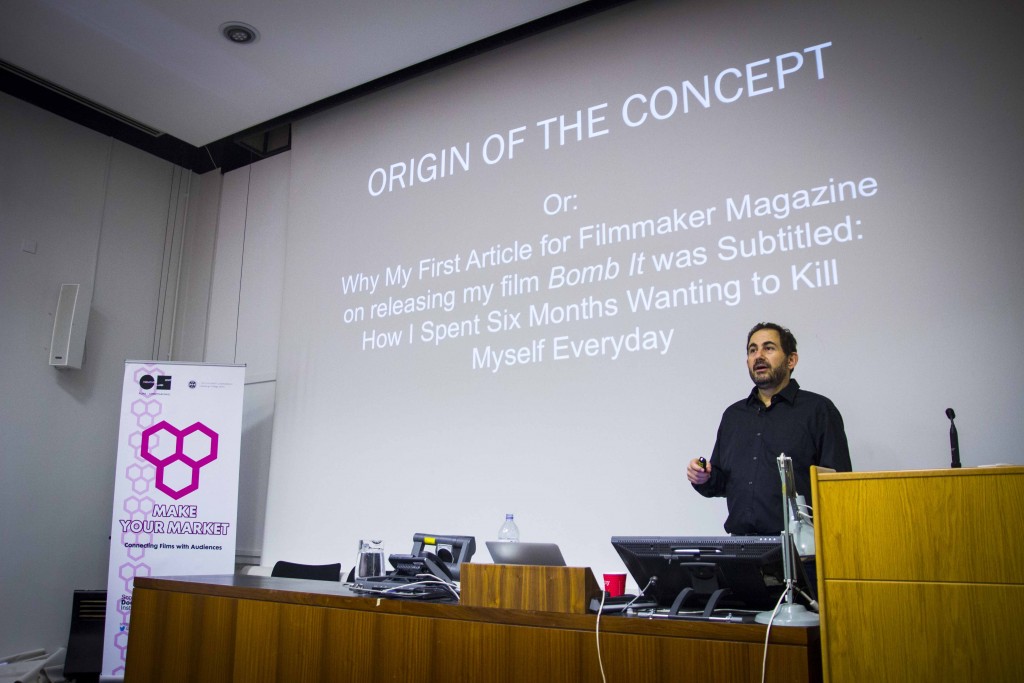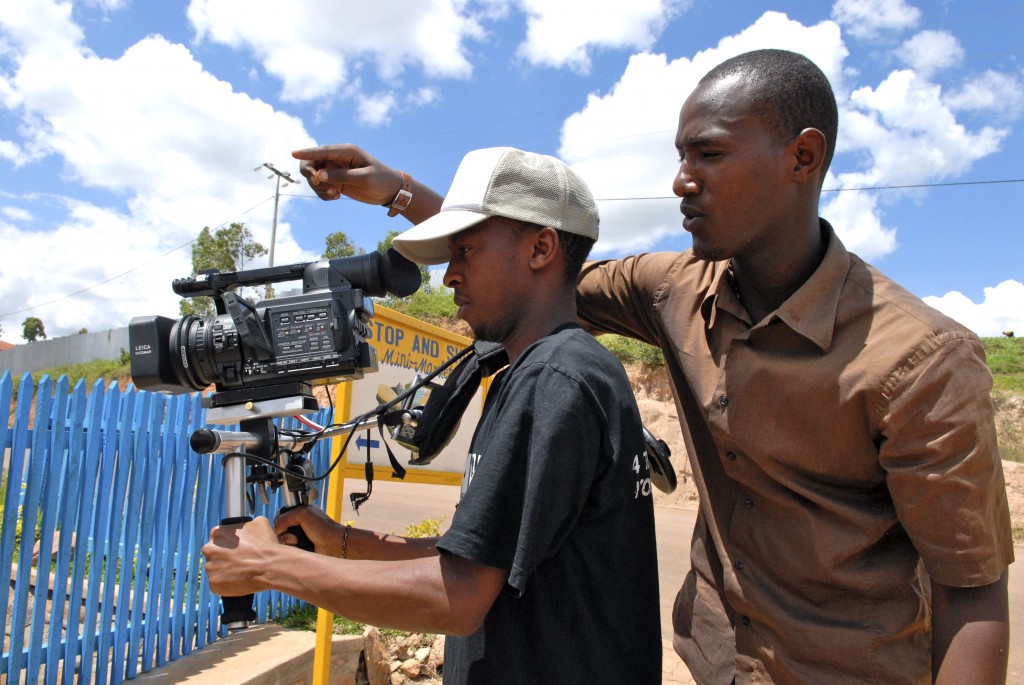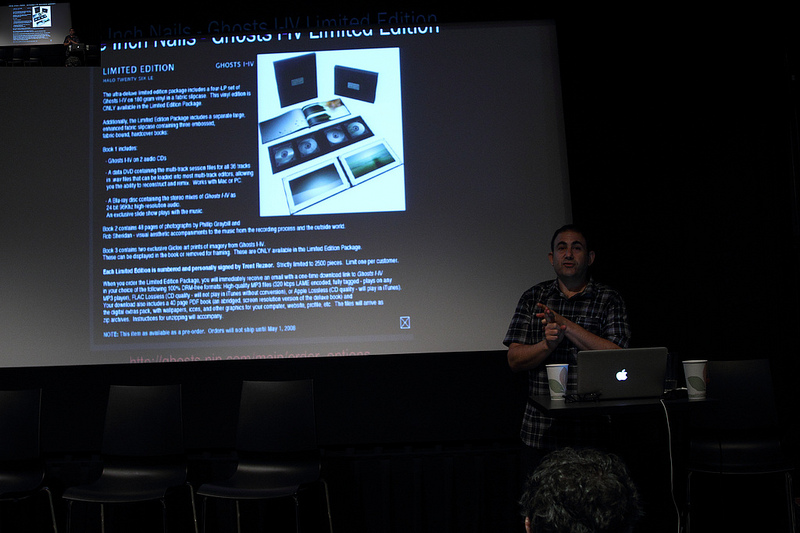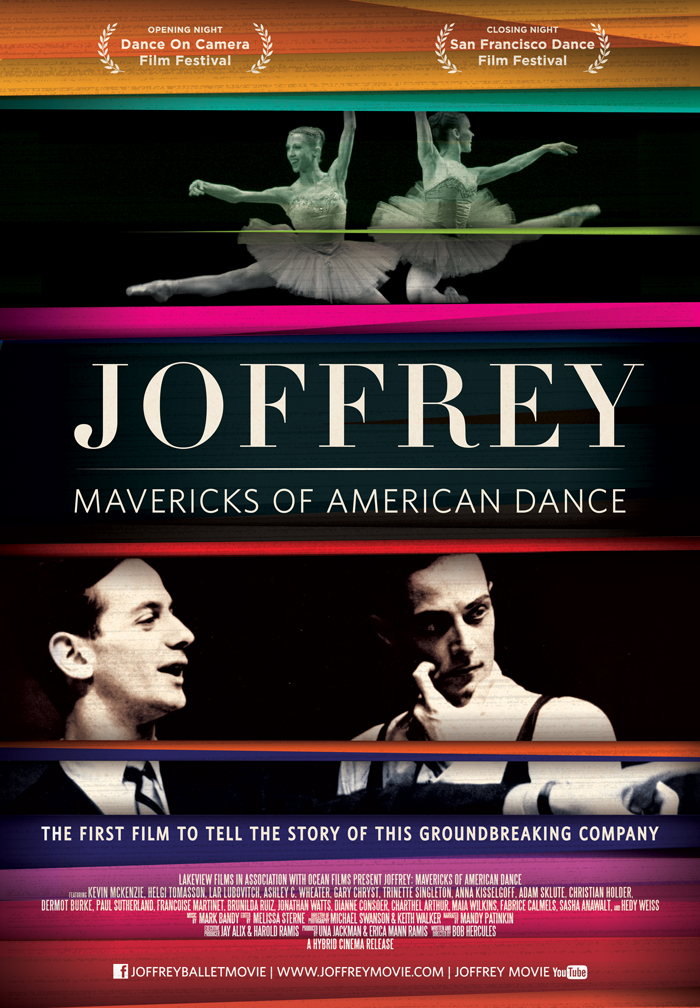Heading to Sheffield International Doc Fest and Edinburgh International Film Festival
I’m excited to be heading to the UK for the Sheffield International Doc Fest and the Edinburgh International Film Festival. In Sheffield I’ll be taking meetings with a number of international documentary foreign sales representatives but I’ll also be participating in Sales Sunday which is Sunday, June 12th. Then I’ll be meeting with filmmakers […]
What the F is a PMD and Why Do We Need One?

Back in 2010, two weeks before I went to print on Think Outside the Box Office, I coined a new crew position: the Producer ofMarketing and Distribution. This concept/position has taken off in varying fits and starts over the last five years – with people calling themselves and being credited as PMDs in the United […]
Heading to IDFA

I’m excited to be heading to the IDFA festival and market in Amsterdam today! I’ll be attending BritDocs Global Impact Producers Assembly on Saturday – then doing three presentations over the next 5 days: First on Sunday November 22nd 10am – 11:45 I will be doing a Distribution Crash Course for the newly launched […]
Distribution Case Study – “Finding Hillywood”

Written by Leah Warshawski (Producer/Director) / Introduction by Jon Reiss I recently wrote a two part article featuring four documentary filmmakers who pursued hybrid releases with their films and who were generous enough to share the real data from their films’ releases – Transparency: Four Filmmakers Give Up the Gold Pt1 and Pt 2. Upon reading […]
Join It Session Tonight with Gregory Bayne
I’ve been doing “Join It” sessions approximately once a month since last October as one of my Kickstarter rewards for Bomb It 2. In these sessions everyone who selected the Join It perk can dial in for a monthly conference call and ask anything about filmmaking and distribution and marketing. These sessions have been a […]
Top 10 Things Learned in the IFP PMD LAB

Top 10 Things Learned in the IFP PMD LAB By Jon Reiss I have had the good fortune to be involved in IFP’s Independent Filmmaker Labs for the past several years now and I have seen innumerable benefits to the films and filmmakers who participate. The Labs provide an opportunity for first-time filmmakers to […]
Creating Innovative Merchandise
Its the IFP Film Week in NYC where I just was for the IFP Lab and the new IFP PMD Lab – so with that in mind – I am posting my new clip about merchandise and an intro to innovative merchandise.
Top 5 Misunderstandings About Self Distribution
In the US many filmmakers are starting to get that they need to be responsible for distributing and marketing their films. We’ve been in this new paradigm since 2007 at least. But here in Europe – the mythology of white knights rescuing your film and you and carrying your film into the limelight is still […]
Creating a Unique Strategy For Your Film
Today’s video concerns the fundamental principle of how every film is different and needs a unique marketing and distribution plan. To create this plan, filmmakers need to examine: 1. Their Goals 2. Their Film 3. Their Audience 4. Their resources. I spend a little extra time on goals again talking about “Ride the Divide” and […]
An Innovative Launch for Joffrey: Mavericks of American Dance

An Innovative Launch for Joffrey: Mavericks of American Dance By Jon Reiss For the past four months, my company Hybrid Cinema has been working on the release of the new film Joffrey: Mavericks of American Dance directed by Bob Hercules about the history of the Joffrey ballet. I will be writing a number of posts […]